

The conference was held at Midyat Municipality conference Hall, Mardin, hosting a large audience. The various machines invented by Al-Jazari can be found in this video. The machines were reproduced using 3D animations.
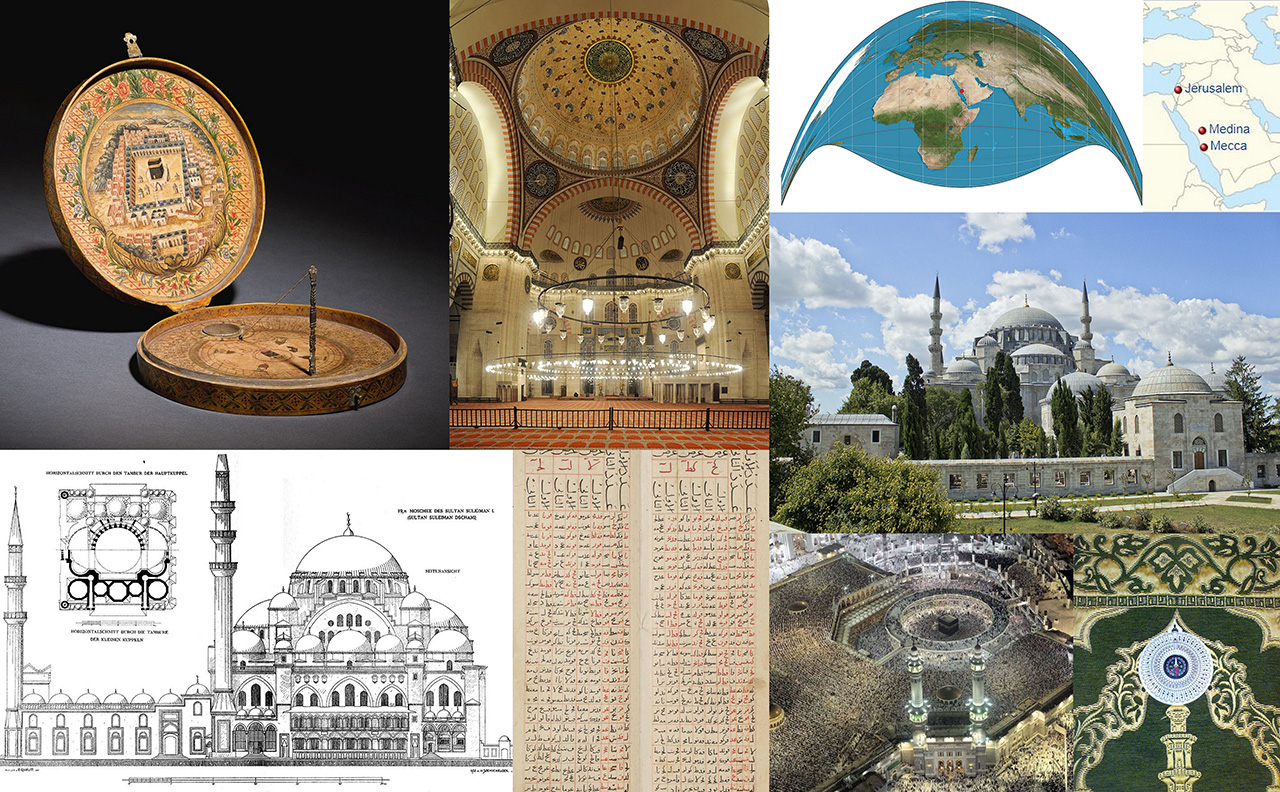

A. J. Deus has got it all hopelessly wrong: A critique of A. J. Deus, “Monuments of Jihad – The thought process of determining qibla orientations by Turks”, and “Raw Analysis Turkish Mosque Orientations ‘Monuments…


The Great Seljuk state was part of the medieval Islamic civilization. Most of its scientific institutions and educational traditions were inherited from previous and contemporary Muslim and Turkish states. In this well documented article, the…
Bursa, the historic <br>town where the Ottoman Empire was born… Decorated with numerous mosques, hans, hamams and tombs, the enchanting inner-city is itself a UNESCO World Heritage Site. Whether you’re a history buff, a gourmand,…


From Bangladesh to Pakistan, Kyrgyzstan to Nigeria, Senegal to Turkey, it is not particularly rare in our own times for women in Muslim-majority countries to be appointed and elected to high offices—including heads of state.…


On 13 and 14 January 2018 Ashfia Ashrif, Manchester based Artist and Student of Traditional Arts, delivered a two day course named “Introduction to Turkish Motifs in Ottoman Times” at FSTC House.


A chronology on "Science from the East - Techniques from the West: Turkey's 700-year long venture" is compiled by Professor Dr. Feza Günergun, Department of the History of Science, Istanbul University. People sought knowledge for…
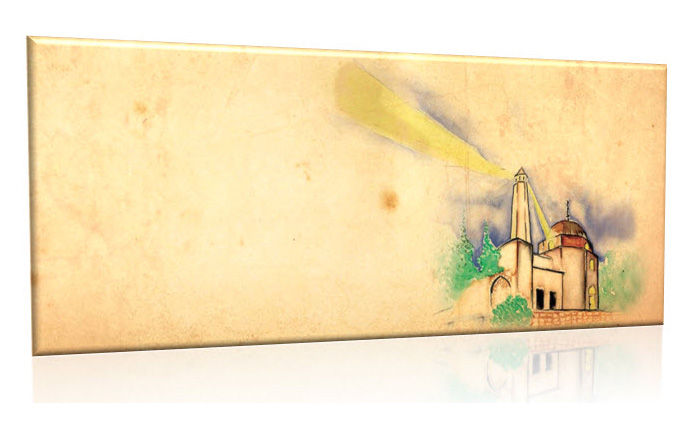

This year has been chosen as "International Year of Light (IYL2015)" by UNESCO, what a perfect time to remember these words: “If the first light of the new year doesn’t shine upon my mentor, then…


"Did you know the word 'turquoise' is a French word that simply means 'Turkish'?


Professor Salim T S Al-Hassani, President of The Foundation for Science Technology and Civilisation (FSTC) was invited as the keynote speaker at the 21st Century World Summit on Child Education in Ankara, Turkey. A two…
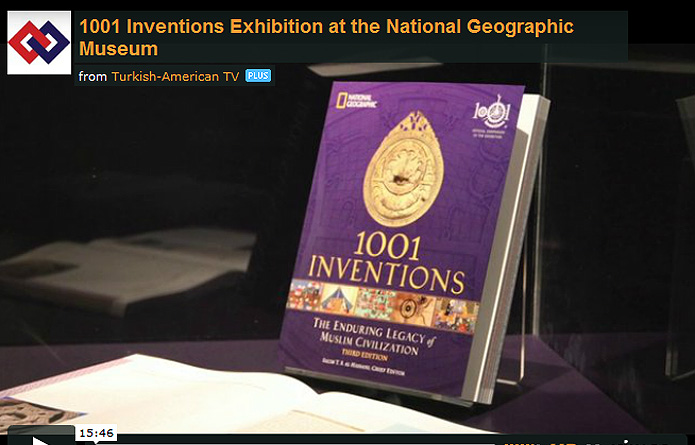

Interview with Prof. Salim Al-Hassani at 1001 Inventions Exhibition in National Geographic Museum by Turkish-American TV


Turkish cuisine is largely the heritage of Ottoman cuisine, which can be described as a fusion and refinement of Central Asian, Middle Eastern and Balkan cuisines. Turkish cuisine also influenced these cuisines and other neighbouring…


This article is about the foundation of the Medical History Museum founded recently in Istanbul as part of the Istanbul University Cerrahpasa Medical School. The aim of this museum, founded by Professor Nil Sari in…
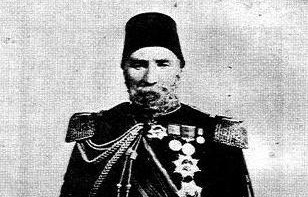

This article is a biography essay on the life and works of Vidinli Tawfiq Pasha, a 19th-century Ottoman scholar, statesman and general of 19th-century Istanbul, and a noteworthy mathematician who published in 1882 an important…


This article deals with the Seljuk Anatolian architecture and art. The art of the Seljuk sultans showed much interest in public buildings such as caravanserais, schools and hospitals. This architecture was based on strong religious…


Mullah Nasruddin Khodja is a wise man famous throughout the Muslim and some parts of the non-Muslim world since the 16th century. Historical documents show that he lived in the 13th century in Anatolia (today…


To throw light on famous figures of the Turkish modern medical school, this article introduces a set of nine posters on the contribution of eight late Ottoman and early Turkish physicians (whose careers spanned from…


This article discusses the emergence and origins of institutional Ottoman medical practice and learning, and provides an insight into the trade of expertise between the Ottoman provinces and further a field. It focuses on the…


Medical doctors in the time of the Ottomans had various routes into professional life depending on their specialty. Some were trained on the model of master and apprentice, others studied courses at madrasas and at…
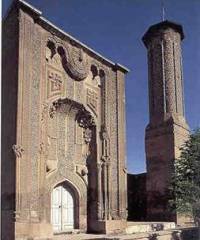

Ince Minare Madrasa is one of the most impressive structures introduced by the Seljuks to endorse the central plan scheme that was to dominate much of their late architecture and that of their Ottoman successors.


Harran is a very old town situated in the Jazira province of modern Turkey near the sources of the Balkh River. Badly effected by the Crusades, it nevertheless had its production of scientists that are…


Among the Ottomans there was constant controversy over whether astrology violated the principles of reason and religion. Although many Islamic scholars judged astrology to contravene religion, astronomers continued to interpret the heavens, and sultans to…


Turks have played an active part in the pursuit of science and learning in the Islamic World throughout its history. This activity is outlind here from the very formative stages of the islamic civilization down…


Commissioned by Sultan Ahmed (1606-1617), the mosque was built by Mehmet Agha who is said to have toured key Ottoman monuments before he drew the plan of the blue mosque. This can be affirmed by…


The Madrassa was one of the main venues of education in the Muslim World under the Ottoman Caliphate until 1924 when Ataturks' law abolished it in favour of modern schools and universities. In planning terms…


The expansion of commerce in the Ottoman world necessitated the introduction of new types of buildings to accommodate various trade types. The han or caravanserai consisted of cells arranged around a courtyard, providing all the…


The word ulema, which is widely used in the Islamic world, is used to refer to community based scholars. Ottoman ulema had been a basic element of the state and the society, presenting progressive visions…


Under the Seljuk patronage the mausoleum saw considerable development. This type of building evolved from early funerary monuments which were first erected to honour the Umayyad rulers in the 8th century.
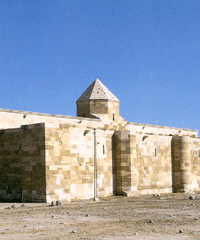

The Seljuk's developed the caravanserais or khans (Anatolia) or Ribat. These were charitable foundations providing travellers with three days of free shelter, food and entertainment (in some cases) as part of the charitable work emphasised…


Seljuk's made developments in the form, function and character of the mosque and expanded the use of Madrassa which, according to Van Berchem, first appeared in Kurassan early 10th century as an adaptation of the…


The Seljuk mosques took a form of minaret which was substantially different from that of North Africa. The adoption of the cylindrical form, instead of the usual square, with tapered shafts often broken by balconies…


Another Seljuk innovation in the plan of the mosque appeared in what Andre Godard called the Mosque Kiosque. This usually small edifice is characterised by its unusual plan which consists of a domed hall, standing…
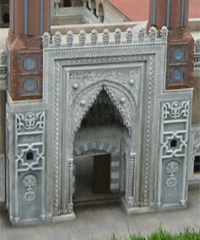

The Seljuks were the first Turkish dynasty to rule the Muslim World reviving the dying Caliphate. Their arrival marked the introduction of the four Iwan mosque concept, the Caravanserais (Khans) and baroque art that spread…


When dealing with Turkish history, whether during the Ottoman period or after, one comes across horrendous claims and errors by countless historians which utterly distort the subject. To try and write correctly Turkish history is…